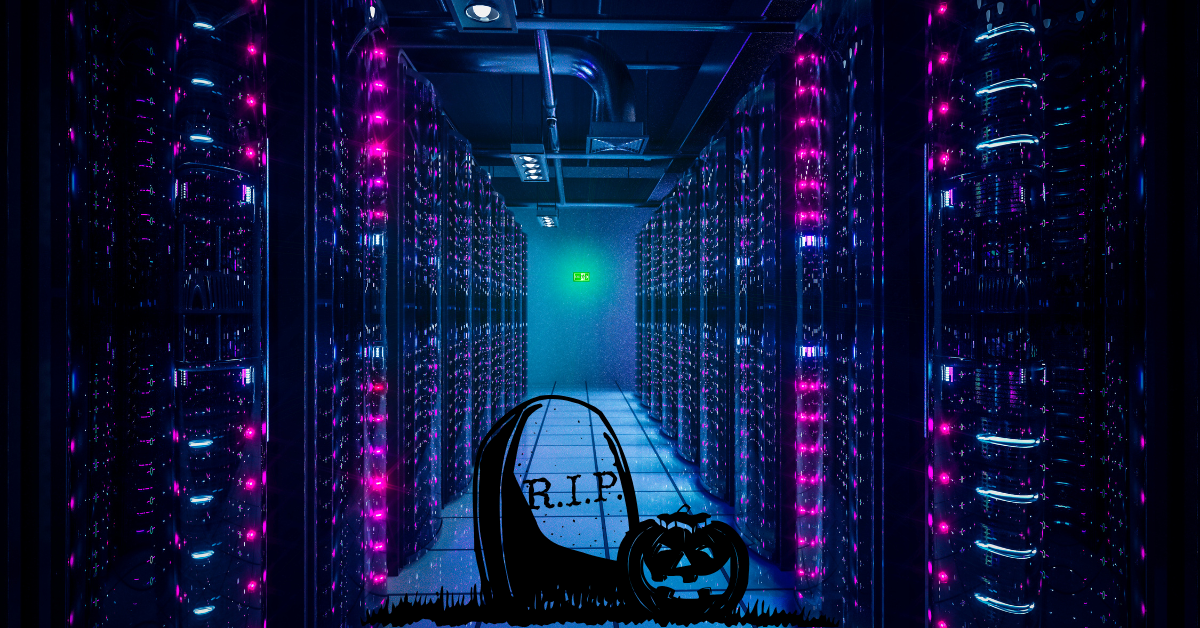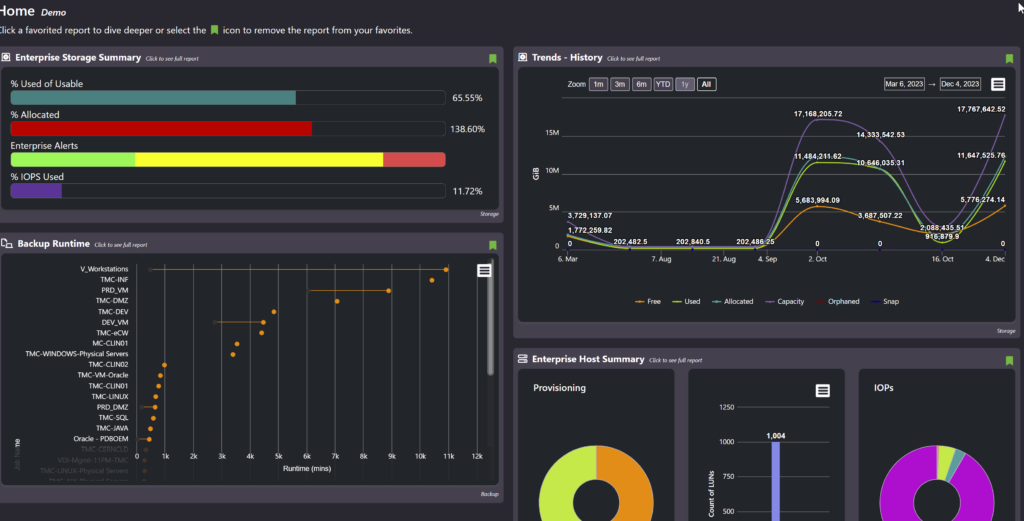The Problem with APMs
Visual One Intelligence’s hybrid infrastructure management (IM) is…
Essential
Whereas APM tools typically only scratch the surface of infrastructure resources, focusing instead on other layers of IT like applications and networks, IM tools zero in on hybrid infrastructure performance and cost management.
Integrative
APM and IM tools work together with – but cannot replace – each other. For example, APM tools provide insights into application performance but cannot identify and prevent the root causes of infrastructure performance problems (like IM tools do).
Affordable
Visual One customers who have also used APM tools estimate they would need three fulltime employees on an APM to accomplish what Visual One Intelligence can do for them.
Side-by-Side Comparison of Visual One Intelligence vs. APMs
| Visual One Intelligence | APMs | |
|---|---|---|
| Primary Functions | – Infrastructure Monitoring & Analysis – Infrastructure Asset Optimization – Infrastructure Capacity Planning – Infrastructure FinOps | – Application Performance Monitoring (APM) – Log Management – Security Information & Event Management (SIEM) |
| Primary Users | – Cloud & VMware Architects – Storage Administrators – Infrastructure Engineers – IT Operations | – Cybersecurity Teams – Site Reliability Engineers – Application Developers – Cloud & Platform Ops |
| Areas of Focus | Granular Infrastructure Resources: – Cloud / Containers – VMs / Clusters / vCenters – Devices / Hosts / Volumes / LUNs – Switches / Files / Backup | – Applications – Networks – Servers – Logs – Infrastructure |
| Sample Outcomes | – Prevent infrastructure performance problems. – Improve capacity planning. – Reduce downtime. | – Resolve application performance problems – Improve user experience – Ensure applications meet SLAs |
| Who Does What? | – Vendor builds out-of-the-box reporting. – Vendor AI performs root-cause analysis. – Vendor AI correlates data, identifying risks & ROI optimization opportunities. – Vendor technical advisor provides one-on-one support. | – Customer builds most reporting. – Customer performs root-cause analysis. – Customer interprets data to identify risks & ROI optimization opportunities. – Customer finds support fromcommunity of other users. |
Read More Infrastructure Monitoring Insights

The End of Preventable Outages: Breaking the Chain of Accumulated Errors
READ MORE >>
Optimize, Identify, Predict: A New Framework for Hybrid Infrastructure Management
READ MORE >>
Beyond Dashboards: How Modern Data Visualization Transforms Infrastructure Management
READ MORE >>
Evaluate Infrastructure Managed Service Providers Based On These 5 Critical Capabilities
READ MORE >>
The Future of Infrastructure Managed Services: 5 Must-Have MSP Capabilities
READ MORE >>




